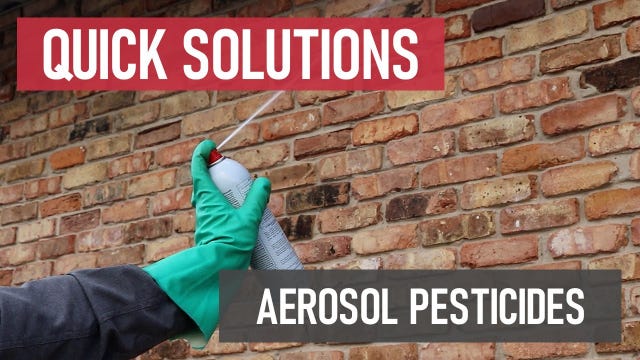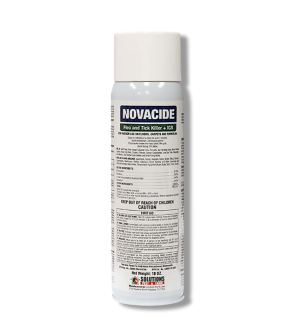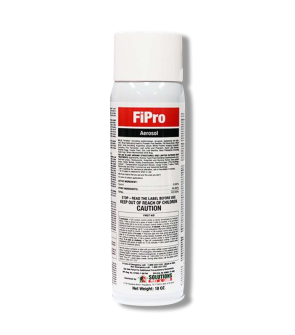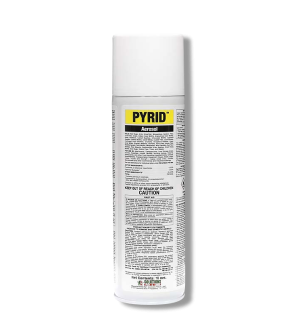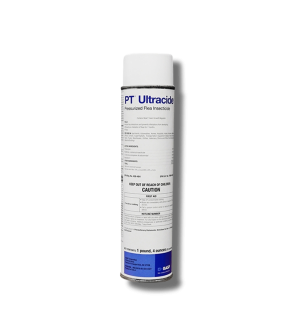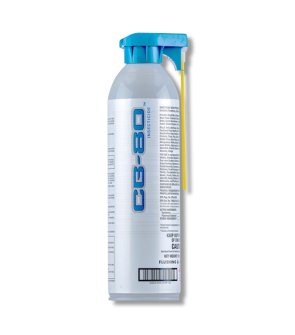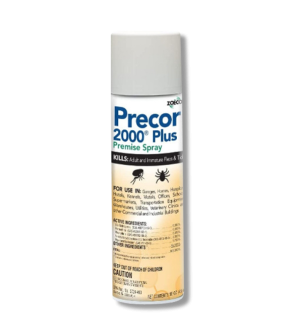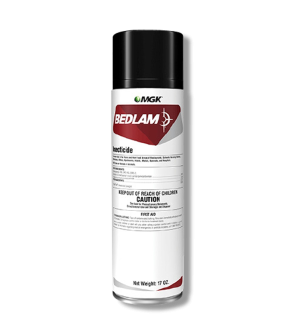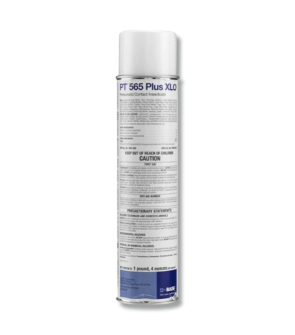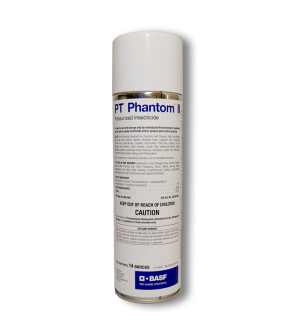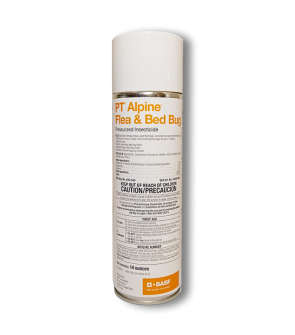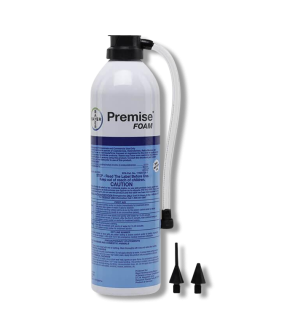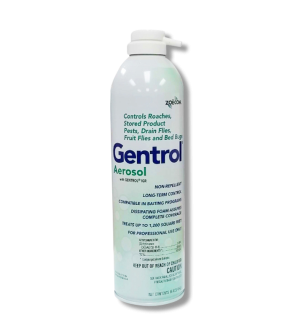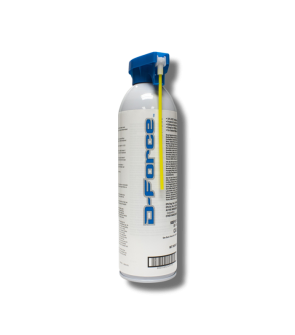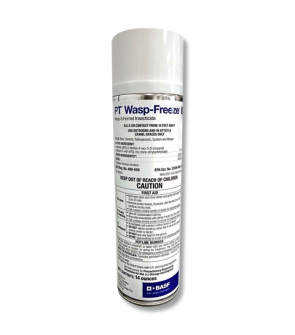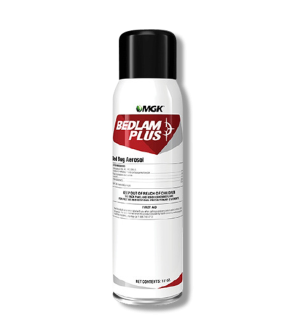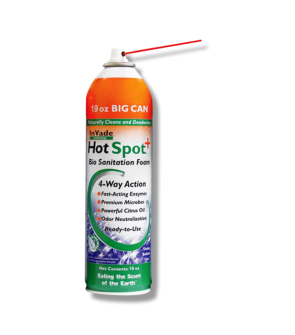Gain access to personalized product screening, the best pricing, rewards, and more!
Pesticide Aerosols
Aerosol sprays are perhaps one of the fastest ways to kill unwanted insects. We recommend using aerosols as part of your control program to tackle frustrating pests such as bed bugs, wasps, fleas, and termites.
Aerosols are fast-acting, effective, and, best of all, they are easy to use. You don’t need to be a pest control expert to use them. On this page, you will learn a little about pest control aerosol sprays and their benefits, and you can also shop our top recommended aerosol sprays exclusively on this page.
What is a Pesticide Aerosol?

An aerosol is a fine mist of liquid or solid particles widely and evenly dispersed throughout a gas. The term “aerosol” also describes the can where the contents are stored, and once sprayed, it becomes a mist. A pest control aerosol is when the liquids contain an insecticide to target pests.
Aerosol cans contain two different substances: the liquid product (in this case, an insecticide) and a pressurized gas called a fuel, which helps push the liquid product into the air and turn it into an aerosol cloud.
Conditions for Using Aerosol Sprays

Pest control aerosol sprays are perfect for applying in hard-to-reach places such as cracks and crevices, baseboards, and around plumbing. They are also suitable for knocking down flying pests in or around the home.
Aerosol sprays are also good as low-cost space sprays in areas with significant infestations of the target pest. They are commonly used to control insects such as ants, bedbugs, bees, cockroaches, house flies, silverfish, spiders, wasps, and termites indoors and outdoors.
Benefits of Using Aerosol Spray

Aerosol Pesticides are among the easiest pest control methods for an applicator to use. They are easy to store away when not used and easy to apply, just like any of the other typical aerosol products you use around the house.
Pest control aerosol sprays are ready to use, with no mixing necessary. They also often come with an applicator tip that can be attached to the aerosol nozzle and injected into tight cracks and crevices.
Aerosol sprays produce less chemical waste than other, more expensive insecticides because they are metered, and each spray is designed to deliver a controlled amount of pesticide.
Aerosol Spray Drawbacks
Aerosol cans contain a limited amount of insecticide, so they are not intended for large-scale applications. The cost per use can be high since they are considered ready-to-use and premixed.
If you have a more significant infestation to deal with, it would be better to use an insecticide concentrate mixed in a pump sprayer to cover more ground than using multiple aerosol cans.
Most pesticide aerosols also leave behind a noticeable odor that may linger for some time. After spraying aerosol insecticide, all people and pets must leave the area until it has been thoroughly ventilated and vapors have dispersed. Some aerosol pesticides may not have a long residual compared to their liquid counterparts.
Due to the inhalation risk with aerosols, the applicator should wear a respirator to prevent breathing in any of the tiny particles dispersed from the can.
Aerosols are also flammable. The propellents mixed within the formulation are flammable and sensitive to heat, so great care must be taken when storing and using around hot surfaces.
Our Recommendations
Not all pesticide aerosols are created equal. Various types of aerosols are useful in certain situations. Some aerosols are contact kills that quickly knock down a problem pest, while others have a residual and work long after application. Some aerosols contain an IGR (insect growth regulator) that prevents insect eggs and larvae from developing. What you choose depends on your target pest infestation and where they are located.
Pyrid Aerosol - is an effective insecticide aerosol intended for in-house use based on the information we've gathered and our experience dealing with pests. Pyrid contains naturally occurring pyrethrin, which comes from the extraction of the chrysanthemum plant and is environmentally friendly. Use it for general pest control to tackle indoor invading pests.
Novacide Flea and Tick Killer—Novacide is an aerosol insecticide with IGR for effective control of many pests. It combines four different chemicals into one easy-to-use aerosol can. Novacide controls fleas, ticks, German roaches, pantry pests, mosquitoes, silverfish, ants, and other listed insects. It comes with a 100% money-back guarantee and will prevent pest insects for up to seven months.
FiPro Foaming Aerosol—Fipro is the first fipronil product approved for crack and crevice use inside and outside structures. It contains .005% fipronil in a foaming aerosol can for easy application. It is comparable to Termidor foam from BASF. Use Fipro to control ants, termites, stink bugs, and other pests inside and out.
Tools Needed
Most aerosol sprays come ready to use and have straw tip attachments for cracks and crevice application. It is essential to gear up before spraying with gloves and a particle mask to prevent inhalation of the pesticide.
User Guide
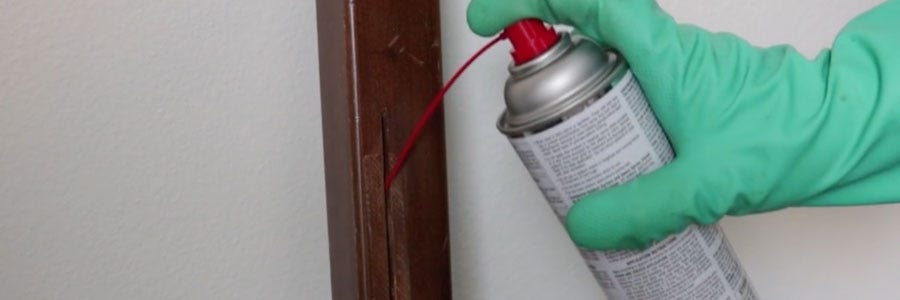
Aerosol sprays are pretty simple to use, though it is best to check the label for the proper application of an insecticide spray.
Step 1: Use The Proper PPE (Personal Protective Equipment) For Your Application
If you are doing any kind of space spraying, we recommend using gloves and a protective mask at the bare minimum.
Step 2: Agitate and Spray
Give the aerosol can a shake before applying it to agitate the formula and prepare it for application. Next, spray the targeted area. Aerosols usually come with a thin applicator tip for cracks and crevices to help the product reach pests hiding in tight areas or a fogger tip for broad applications. Press the button and spray evenly until the area is finely coated with the spray.
Step 3: Ventilate
Keep all pets and kids off treated areas until dry, and crack open a window or door to allow the treated area to ventilate. We recommend waiting at least half an hour before returning to the area where the aerosol has been applied.
Key Takeaways
- Pest control aerosol sprays are an effective and easy-to-use method of controlling unwanted pests indoors.
- There are many different types of aerosols available, each with its own advantages given a particular situation (contact kill aerosols, residual aerosols, IGRs, etc.).
- Letting a treated room air out after application is important before safely re-entering the area.






